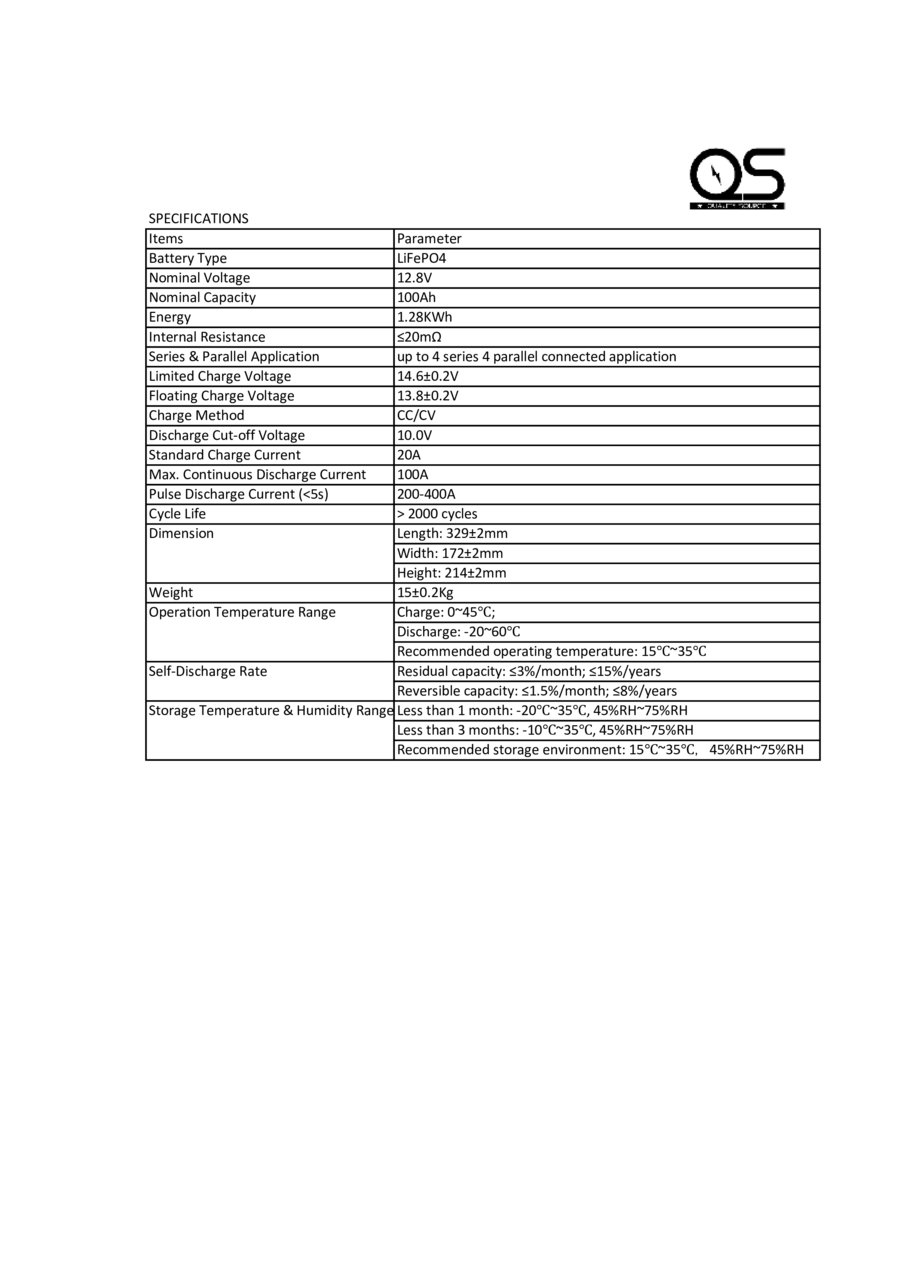- Joined
- Sep 4, 2014
- Messages
- 8,938
- Reaction score
- 6,789
Did your mate tell you the weight of the Pylontech ? It would be great if it saved you a bit of weight overall,
Having only 4.1 Sun Hours I am limited to the size of battery bank I can charge in that time So with 2 500Wh+ packs I can swap them over making sure one is always full, I don't see anyway round it without roof mounting panels or setting up a permanent Campsite but that means Hauling those panels every time I break camp and they take up a lot of space, at about 1.6m X 700mm, Time to sell them on I think.
Here am I with an excess of weight available where I have over 800Kgs going spare with the Van and If I get the Caravan/Camper I want I will have another 675kgs+ to fill, The reality of you using a much stronger Tow Vehicle compared to mine yet I get to carry more weight, It just does not make sense,
Having only 4.1 Sun Hours I am limited to the size of battery bank I can charge in that time So with 2 500Wh+ packs I can swap them over making sure one is always full, I don't see anyway round it without roof mounting panels or setting up a permanent Campsite but that means Hauling those panels every time I break camp and they take up a lot of space, at about 1.6m X 700mm, Time to sell them on I think.
Here am I with an excess of weight available where I have over 800Kgs going spare with the Van and If I get the Caravan/Camper I want I will have another 675kgs+ to fill, The reality of you using a much stronger Tow Vehicle compared to mine yet I get to carry more weight, It just does not make sense,





